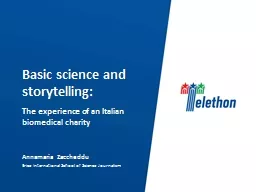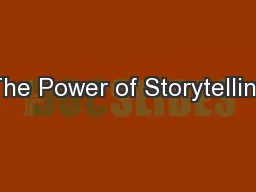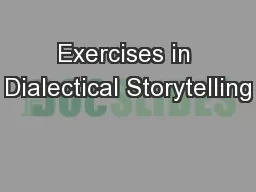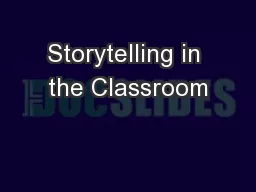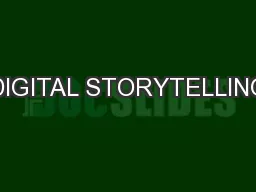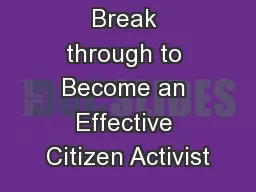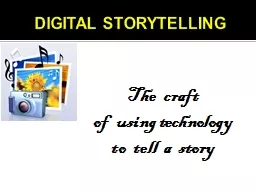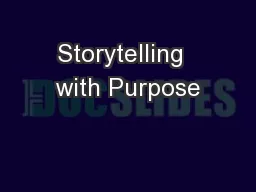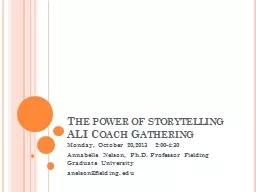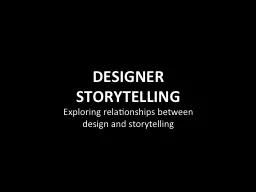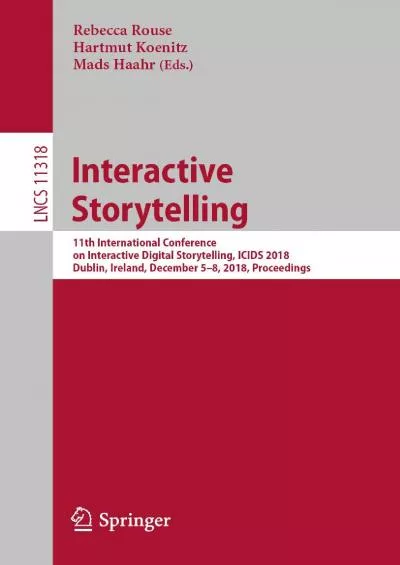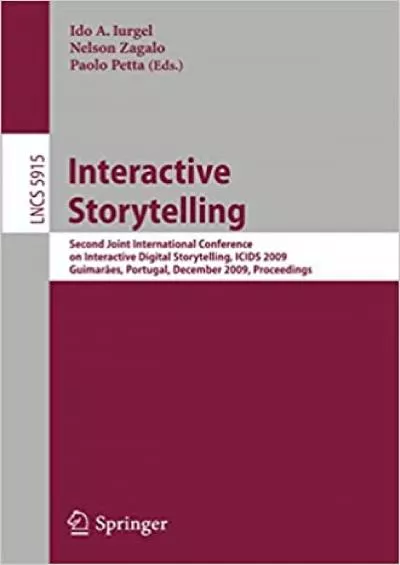PPT-Basic science and storytelling
Author : frostedikea | Published Date : 2020-06-16
The experience of an Italian biomedical charity Annamaria Zaccheddu Erice International School of Science Journalism A big challenge for communicators
Presentation Embed Code
Download Presentation
Download Presentation The PPT/PDF document "Basic science and storytelling" is the property of its rightful owner. Permission is granted to download and print the materials on this website for personal, non-commercial use only, and to display it on your personal computer provided you do not modify the materials and that you retain all copyright notices contained in the materials. By downloading content from our website, you accept the terms of this agreement.
Basic science and storytelling: Transcript
Download Rules Of Document
"Basic science and storytelling"The content belongs to its owner. You may download and print it for personal use, without modification, and keep all copyright notices. By downloading, you agree to these terms.
Related Documents

